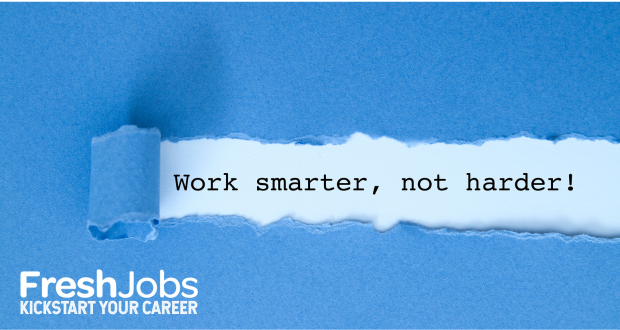1. Set Clear Goals: Define specific, achievable goals and break them down into smaller tasks to make them more manageable. Prioritize your tasks based on importance and urgency to stay focused on what matters most.
2. Plan and Prioritize: Use time management techniques like the Eisenhower Matrix or the Pomodoro Technique to prioritize tasks and schedule your day effectively. Plan and allocate your time wisely, focusing on high-priority activities first.
3. Minimize Distractions: Identify and eliminate distractions in your work environment, such as noise, interruptions, or digital distractions. Use tools and techniques to stay focused and minimize interruptions, allowing you to concentrate on your tasks.
4. Delegate and Outsource: Learn to delegate tasks to others and outsource tasks that are outside your expertise or can be done more efficiently by external professionals. This frees up your time for more important responsibilities and helps you achieve better results.
5. Automate Repetitive Tasks: Use technology to automate repetitive and time-consuming tasks, such as email filtering, data entry, or report generation. Explore software and tools that streamline your workflows and save you time and effort.
6. Take Regular Breaks: Schedule regular breaks throughout your day to rest and recharge. Short breaks can improve focus, prevent burnout, and boost productivity, allowing you to maintain peak performance throughout the day.
7. Focus on One Task at a Time: Avoid multitasking, as it can decrease productivity and increase errors. Instead, focus on one task at a time, giving it your full attention until it's completed, or you reach a natural break point.
8. Learn to Say No: Prioritize your workload and learn to say no to tasks or commitments that are not aligned with your goals or priorities. Setting boundaries and managing your workload effectively helps you avoid overcommitting yourself.
9. Continuous Learning: Invest in your personal and professional development by continuously learning new skills and staying updated on industry trends. Embrace a growth mindset and seek out opportunities for learning and improvement.
10. Reflect and Adjust: Regularly review your productivity strategies and habits to identify what's working well and what needs improvement. Be open to making adjustments and trying new approaches to optimize your workflow and achieve better results.

